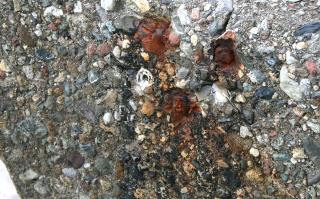Following on from last month’s Technical Forum about the impacts of alternative fuels and raw materials, Dr Michael Clark examines the effect on kiln emissions, using the mass balance of the cement kiln as a starting point.
What goes into the cement kiln must either come out in the clinker product or the emissions from the kiln, or it must be retained and built up within the process. Mass cannot be created or destroyed in a cement kiln. If some components of the materials put into the cement kiln are too volatile to pass out of the kiln in the clinker then they must either build up in the process or pass out of the process by some other means.
The fate of volatile species in a cement kiln is fundamentally tied in with the mass balance of a cement kiln. To explore that we have to start with an understanding of behaviour of volatile species in cement kilns. We will start by looking at chloride cycles to explain and demonstrate why a bypass at the kiln inlet is particularly effective to reduce chloride cycles.
